First-class promises luxury, comfort, and exclusivity—at least, that’s what the glossy brochures and fancy websites want you to believe. Reality often tells a different story, though, as many airlines make grand promises about their premium cabins that don’t quite match the experience. From cramped ‘suites’ that feel more like economy plus to mediocre meals that cost hundreds of dollars extra, the gap between marketing hype and reality can be pretty shocking.
Here is a list of 20 airlines that tend to oversell what their first-class experience delivers.
American Airlines (United States)
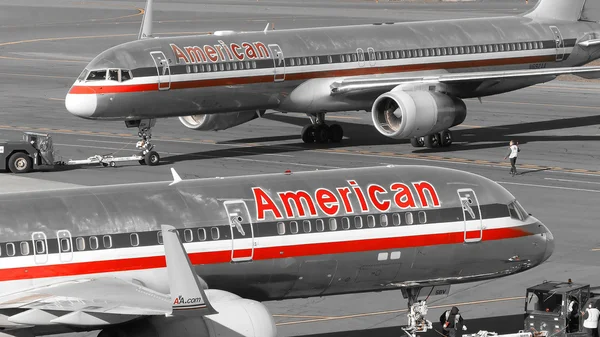
‘Americans’ domestic first class is essentially business class, with fancier napkins—nothing more. Premium prices get passengers seats that are only marginally better than the economy, while the food service often feels like it came from a microwave.
The real kicker? Cabin crew members serve both premium and economy passengers, so that ‘exclusive’ service isn’t particularly exclusive at all.
United Airlines (United States)
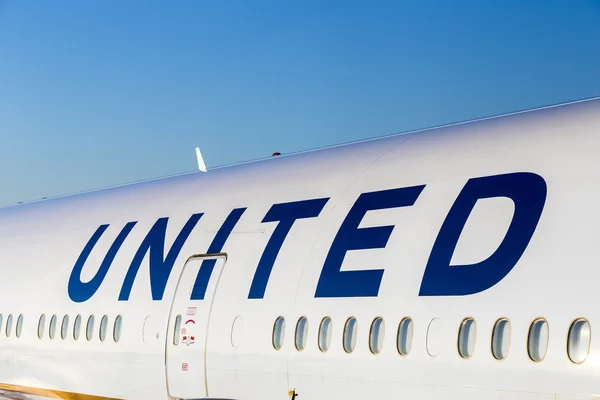
United loves talking about their ‘Polaris’ business class like it’s revolutionary—yet many older planes still have outdated seats they’re trying to phase out. Fleet inconsistency means passengers might pay first-class prices for seats that belong in 2010.
Their domestic first class is particularly underwhelming, though: think economy with slightly more legroom and a free drink.
Like Travel Pug’s content? Follow us on MSN.
Delta Air Lines (United States)
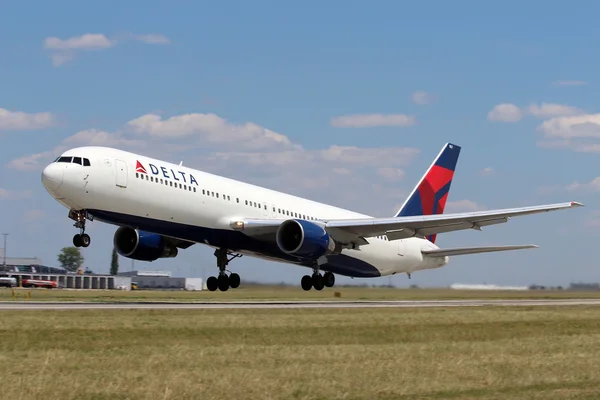
Delta markets its domestic first class as a premium experience, but it’s just a wider seat with mediocre food. The airline charges top dollar for what amounts to a slightly better version of coach—while their international business class often lacks the privacy and comfort expected from true first-class pricing.
The Delta One branding sounds impressive until passengers realize it’s just business class with a fancy name.
British Airways (United Kingdom)
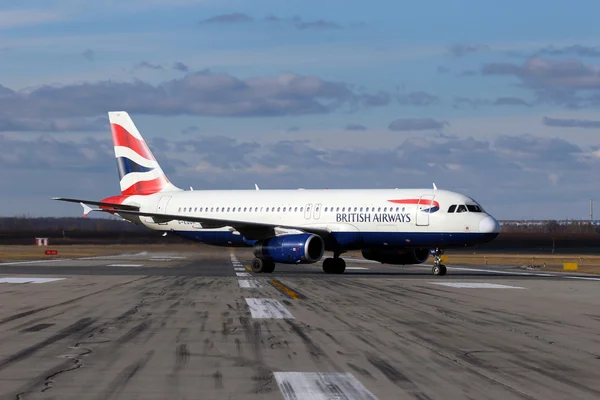
BA’s Club World business class is notorious for its dated 2-2-2 configuration on many routes—where passengers in middle seats have to climb over each other to get out. They market it as a luxury, yet the reality is cramped quarters and inconsistent service quality.
Their short-haul business class in Europe is particularly disappointing: it’s the same seats as economy with the middle seat blocked off.
Air France (France)
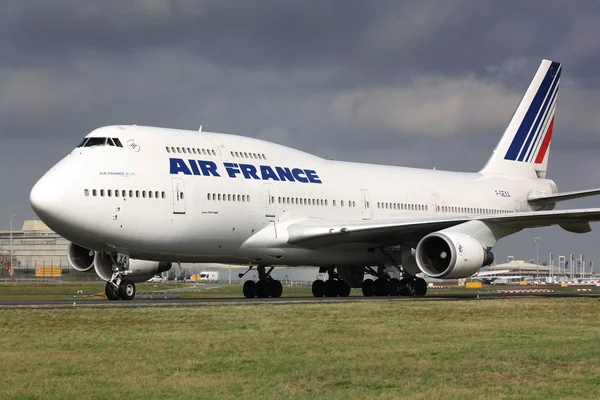
Air France promotes its ‘L’Espace Première’ as the pinnacle of aviation luxury, but the hard product often feels outdated compared to its competitors. Service can be hit-or-miss, while their business class on many routes doesn’t justify the premium pricing.
Their domestic and European routes offer a business class that’s essentially economy with slightly better food.
Like Travel Pug’s content? Follow us on MSN.
Lufthansa (Germany)
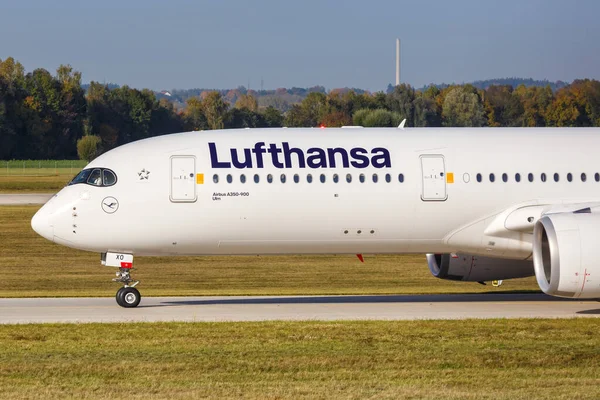
Lufthansa’s business class has been lagging behind competitors for years—yet they still charge premium prices for what feels like an outdated experience. Their short-haul business class in Europe is particularly weak, offering the same seats as an economy with an empty middle seat.
The airline relies heavily on its reputation rather than delivering cutting-edge luxury.
Swiss International Air Lines (Switzerland)
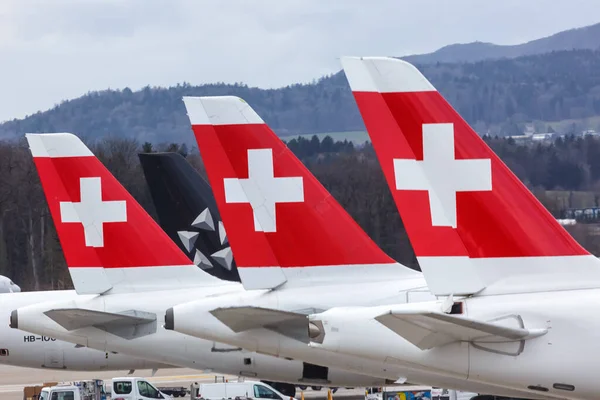
Swiss markets itself as the epitome of precision and luxury, though its business class product often feels more like premium economy with better meals. The seats on many aircraft lack the privacy and space expected from a premium carrier.
Their first-class offering is limited to very few routes, making the ‘luxury’ experience available to only a tiny fraction of passengers.
Austrian Airlines (Austria)
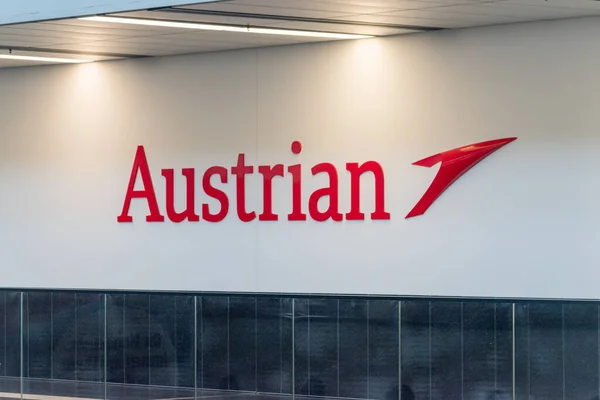
Austrian’s business class tries to punch above its weight with fancy marketing, but the actual product often disappoints. Their seats lack privacy, while service quality varies dramatically depending on the route and crew.
The airline charges Lufthansa Group prices without delivering the same level of premium experience.
Like Travel Pug’s content? Follow us on MSN.
KLM Royal Dutch Airlines (Netherlands)
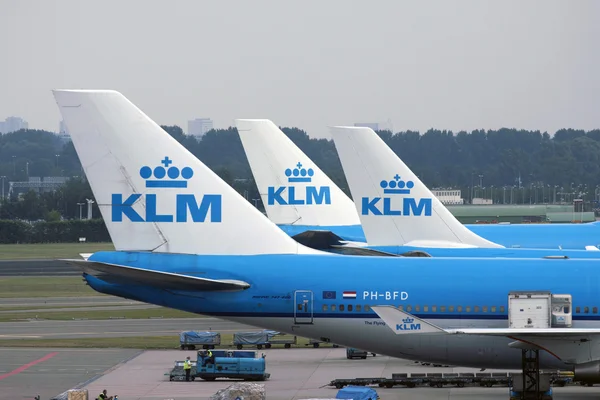
KLM’s business class has some of the most uncomfortable lie-flat seats in the industry—yet they market it as a premium experience. The 2-2-2 configuration means limited privacy, while the hard product feels dated compared to what other carriers offer at similar price points.
Their European business class is essentially an economy with blocked middle seats.
Scandinavian Airlines (Sweden/Norway/Denmark)
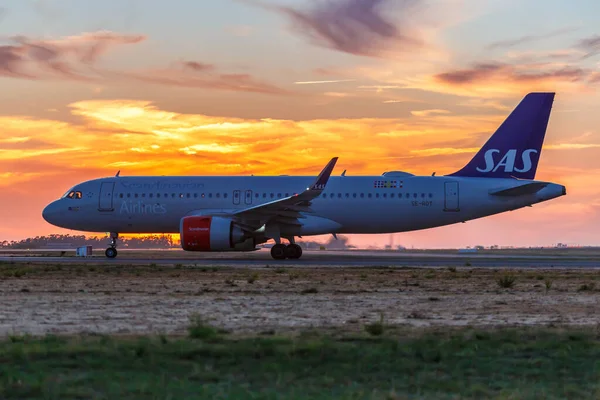
SAS loves promoting its Scandinavian design aesthetic, although its business-class product often feels more like premium economy with a Nordic minimalist touch. The seats lack privacy and comfort features that justify premium pricing.
Their short-haul business class is particularly disappointing for the price point.
Turkish Airlines (Turkey)
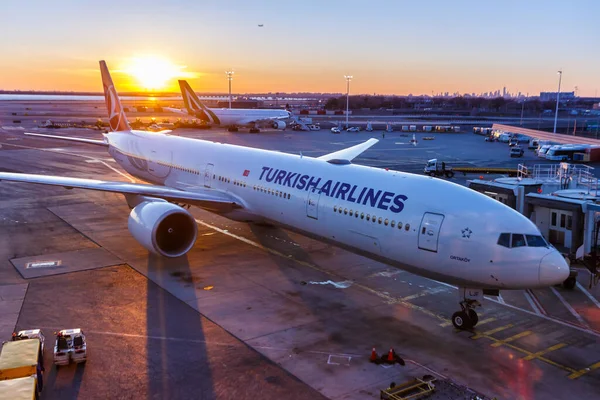
Turkish Airlines markets its business class aggressively, though the experience often doesn’t match the hype. While their catering is generally good, seat comfort and privacy lag behind what passengers expect for the price.
Their domestic routes offer a business class that’s barely distinguishable from the economy, except for meal service.
Like Travel Pug’s content? Follow us on MSN.
Emirates (United Arab Emirates)
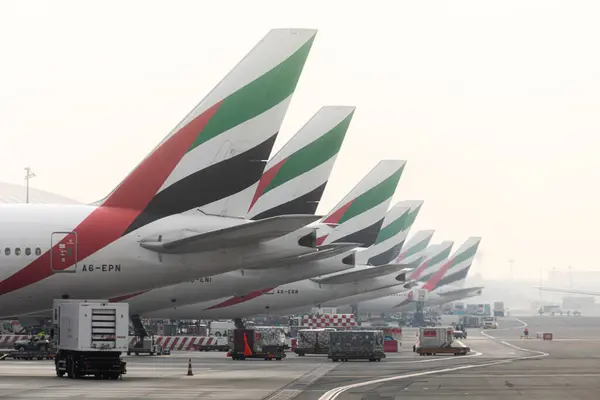
Emirates is renowned for its A380 first-class suites, yet its business class on other aircraft types often falls short of the marketing hype. The airline charges premium prices across its network, but not every route gets the flagship treatment it advertises.
Their regional routes often feature outdated products that don’t justify the Emirates’ premium.
Qatar Airways (Qatar)
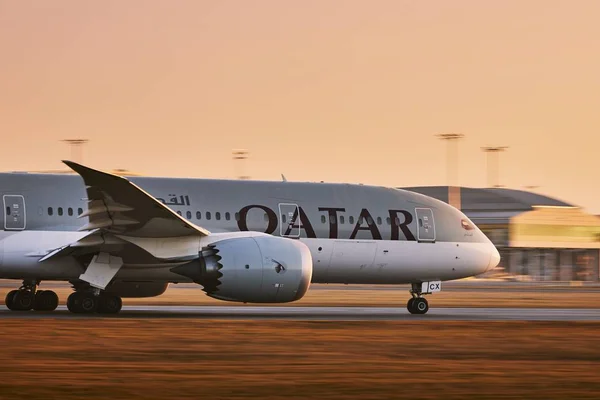
Qatar markets its Qsuite business class as revolutionary, but it’s only available on select aircraft and routes. Many passengers pay premium prices, expecting the Qsuite experience, only to receive older, less impressive seats.
The airline’s marketing makes it seem like every flight features its latest product, which simply isn’t true.
Etihad Airways (United Arab Emirates)
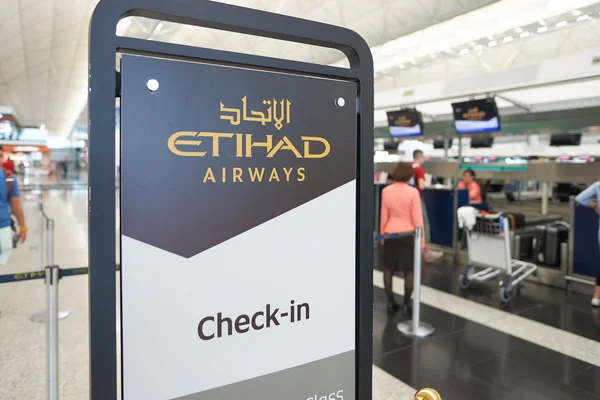
Etihad went all-in on luxury marketing with their apartments and first-class suites, yet these are available on very few routes. Most passengers paying first-class prices get a much more basic experience that doesn’t match Instagram-worthy marketing campaigns.
The airline scaled back many of its luxury offerings but maintained the premium pricing.
Like Travel Pug’s content? Follow us on MSN.
Singapore Airlines (Singapore)
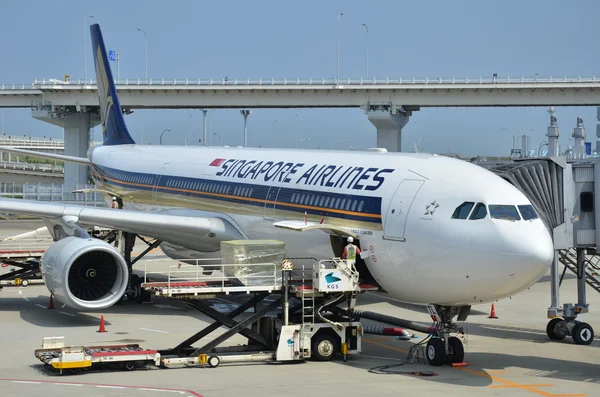
Singapore Airlines has a stellar reputation, though its regional business class often disappoints compared to the marketing hype. The airline charges premium prices across its entire network, but not every route gets the same level of luxury they’re famous for.
Their older aircraft configurations lag what competitors offer at similar price points.
Cathay Pacific (Hong Kong)
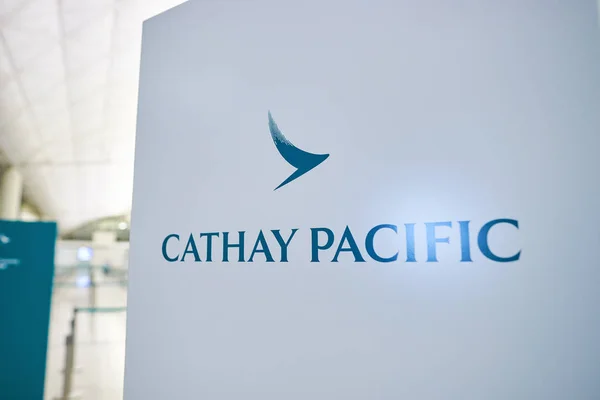
Cathay’s business class used to be industry-leading, yet they’ve fallen behind while still charging premium prices. Many aircraft still feature outdated seats that lack privacy and comfort.
The airline’s financial troubles have led to service cuts that don’t match the premium pricing they maintain.
Japan Airlines (Japan)
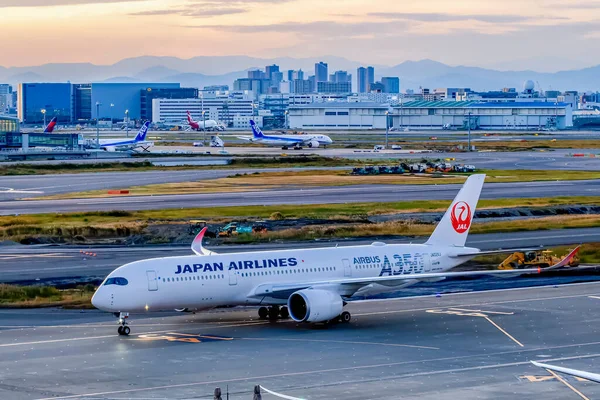
JAL markets its Sky Suite business class as a premium experience, though the reverse herringbone configuration feels cramped compared to newer designs. The airline charges high prices for routes where the actual product doesn’t justify the cost.
Their domestic first class is particularly overpriced for what amounts to slightly larger seats.
Like Travel Pug’s content? Follow us on MSN.
All Nippon Airways (Japan)
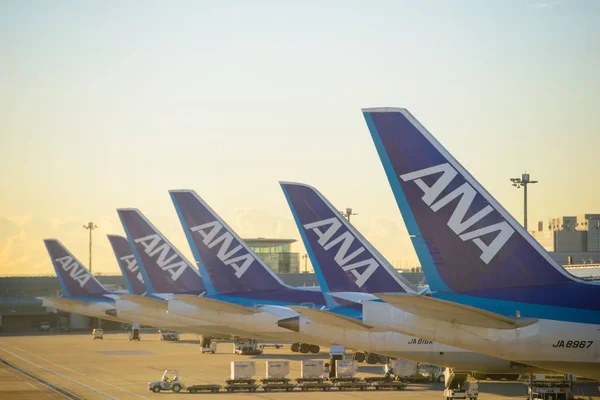
ANA’s business-class marketing emphasizes Japanese hospitality, yet its hard product often feels dated compared to competitors. The 2-2-2 configuration on many routes lacks privacy, and pricing doesn’t accurately reflect the quality of the experience.
Their ‘The Room’ business class is only available on select routes despite being featured prominently in marketing.
Korean Air (South Korea)
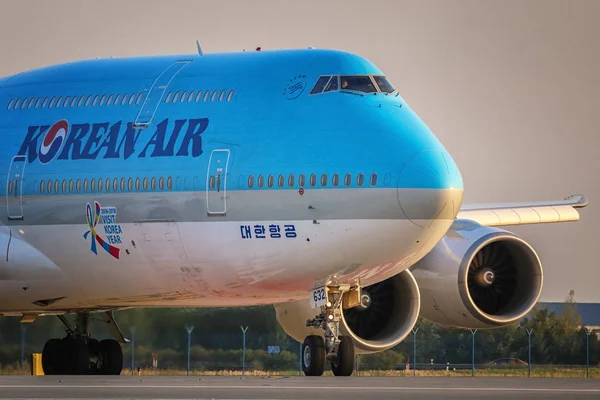
Korean Air charges premium prices for business class, which often feels more like a premium economy. Their older aircraft configurations lack the privacy and space that justify the cost.
The airline relies on its reputation rather than consistently delivering cutting-edge luxury across its fleet.
China Airlines (Taiwan)
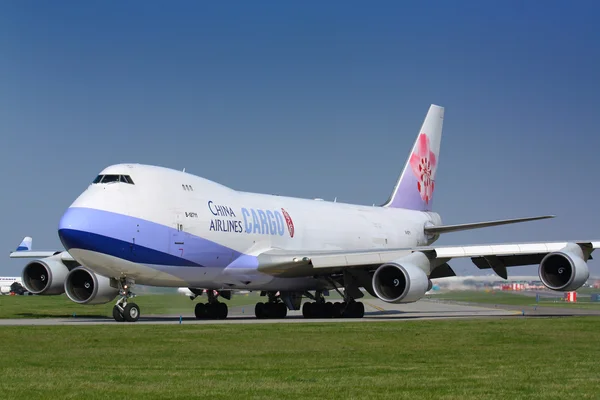
China Airlines markets its premium cabins as luxury experiences, though reality often falls short of expectations. Their business class lacks the refinement and comfort features that justify premium pricing.
Service quality can be inconsistent, making the premium investment hard to justify.
Like Travel Pug’s content? Follow us on MSN.
When Marketing Meets Reality
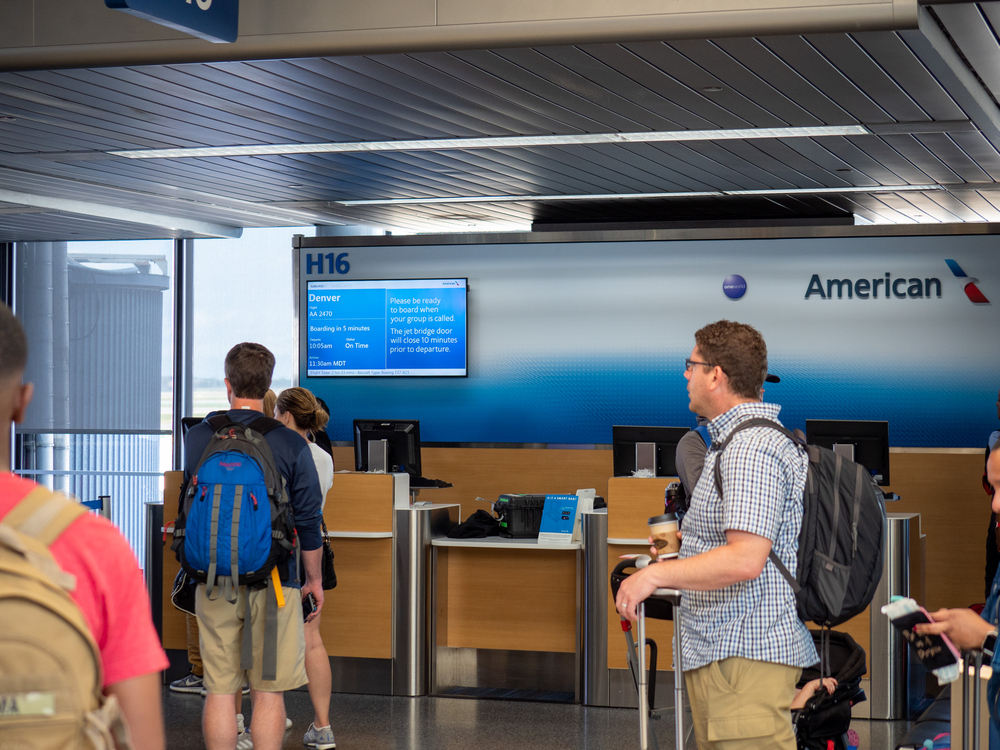
The airline industry has mastered the art of making modest improvements sound revolutionary. What used to be called business class is now rebranded as ‘first class’ or given fancy names that suggest luxury beyond what is delivered. Many carriers have eliminated true first-class service while maintaining the premium pricing structure.
The lesson here is simple: look beyond the marketing materials and check recent reviews from actual passengers before dropping serious money on premium cabin tickets. The gap between what airlines promise and what they deliver has never been wider, making informed choices more important than ever.
More from Travel Pug

- 20 Best Beach Towns in the Carolinas
- 13 Destinations Where Tourists Regularly Regret Their Trip
- 20 Things You Actually Get in First Class
- 20 Small Airports With Aviation Museums
- 20 Places in the U.S. That Are Perfect for a Reset Trip
Like Travel Pug’s content? Follow us on MSN.
